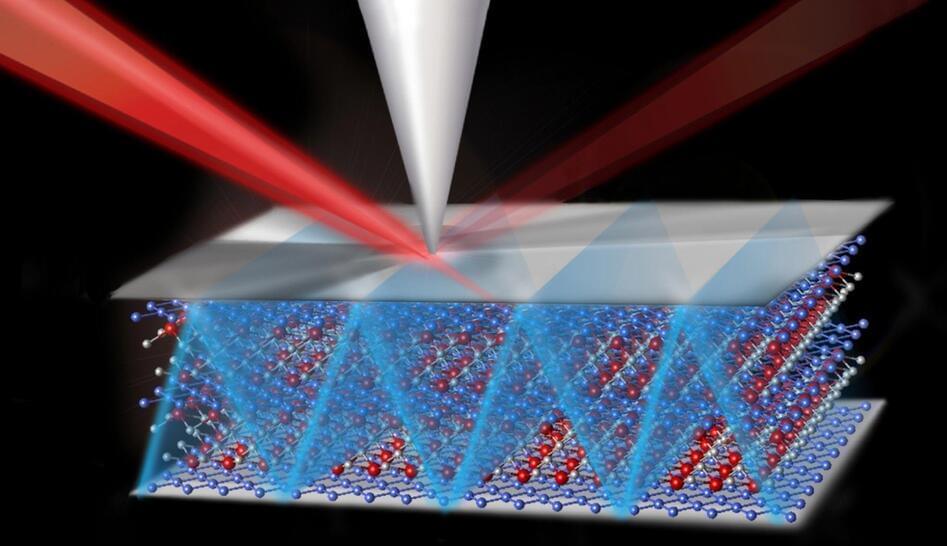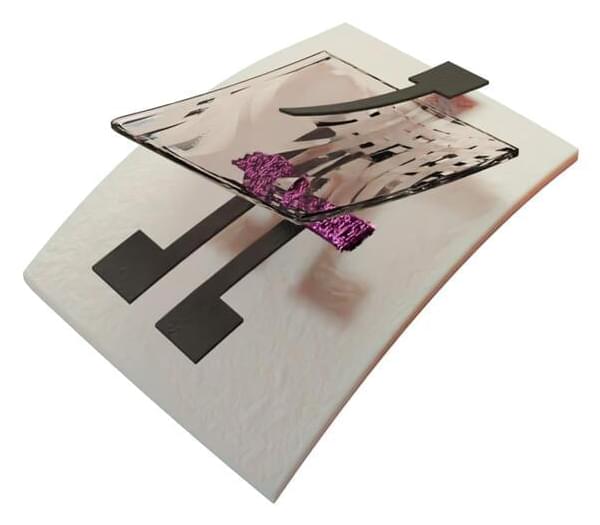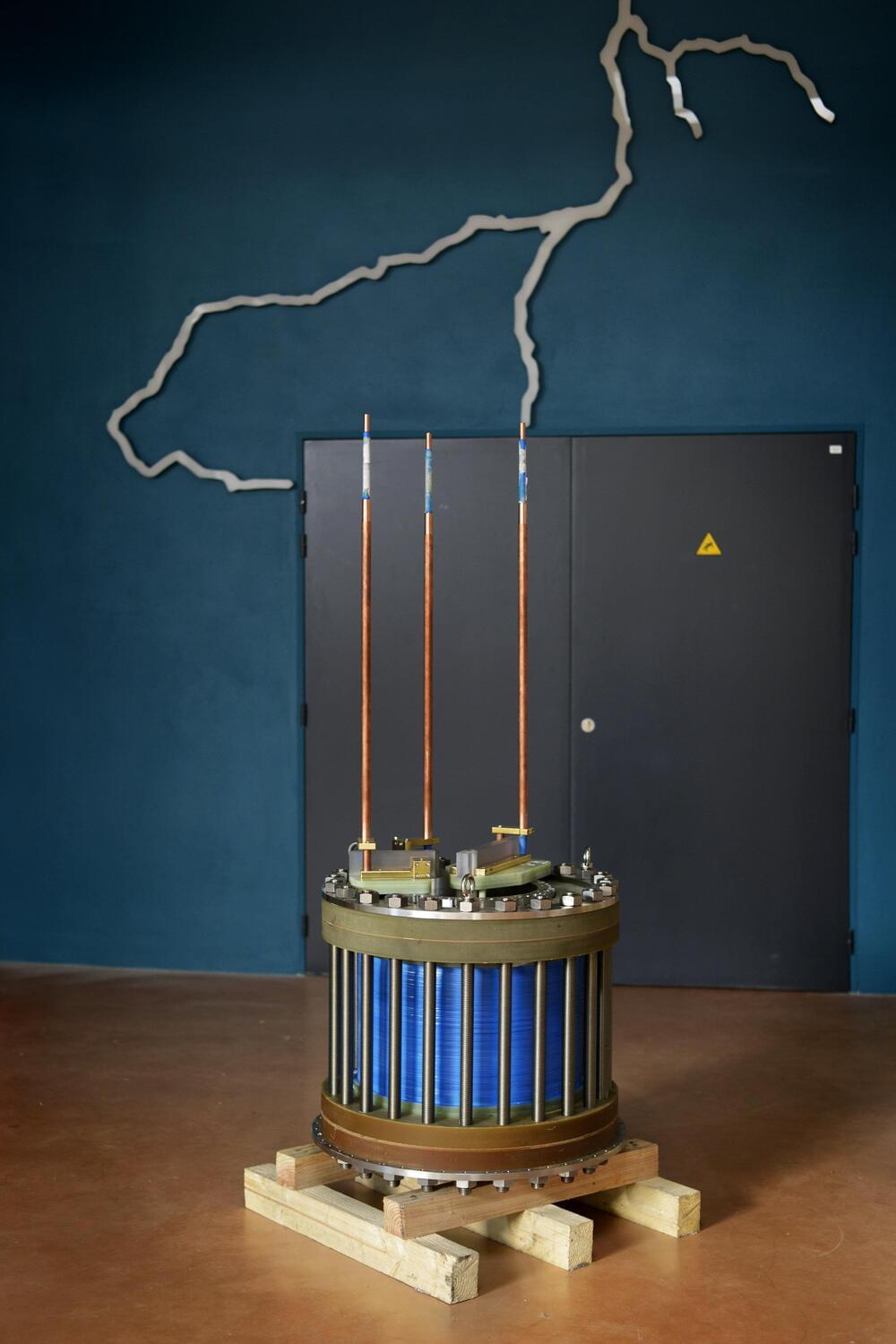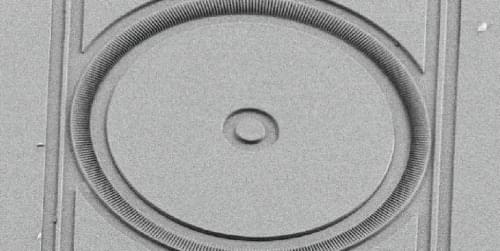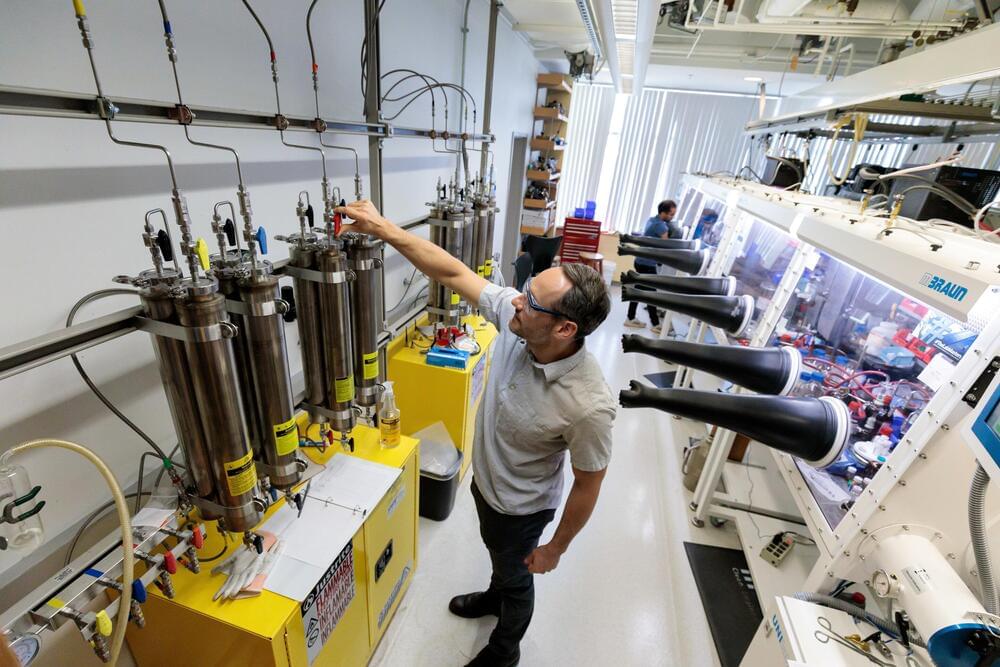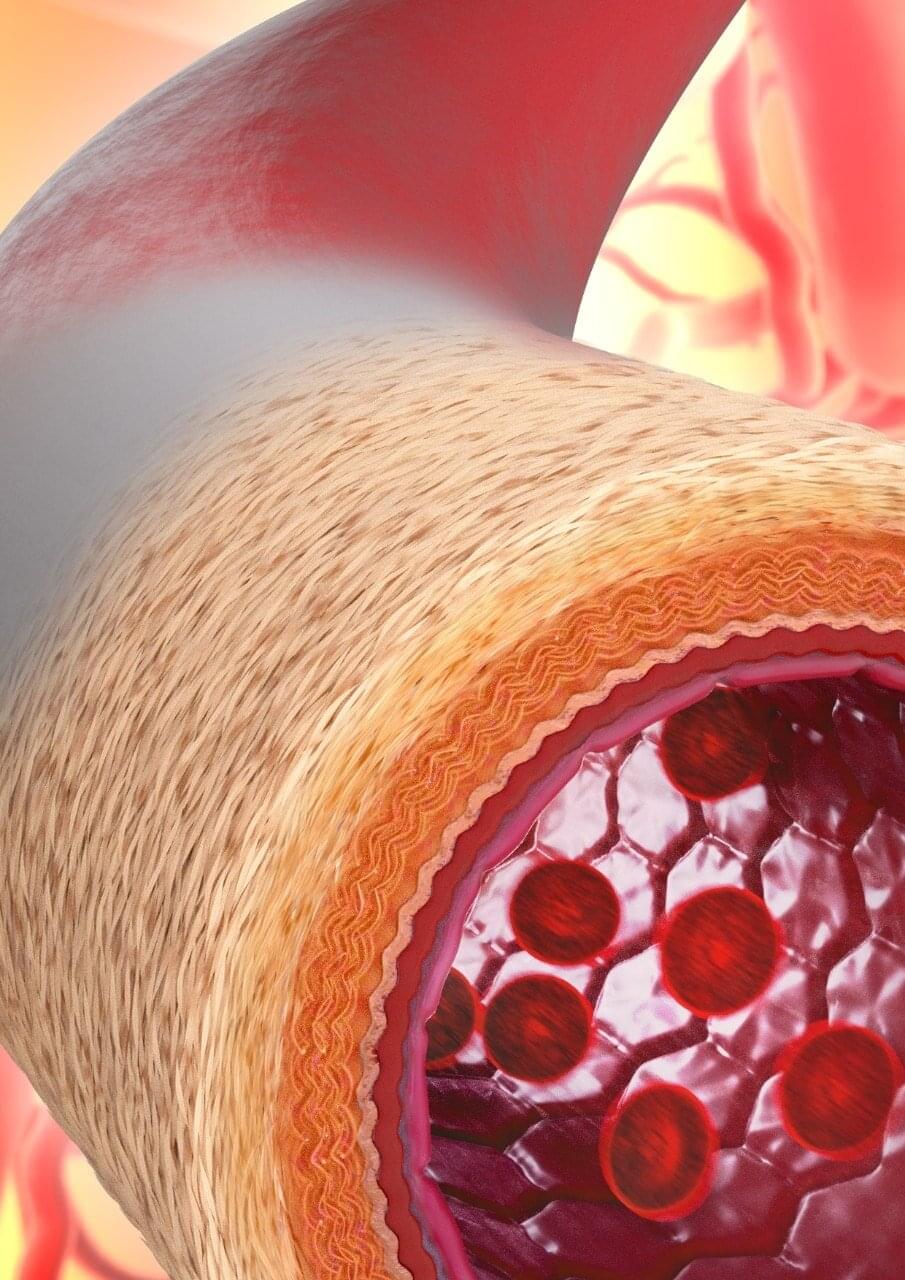New research finds evidence of waveguiding in a unique quantum material. These findings counter expectations about how metals conduct light and may push imaging beyond optical diffraction limits.
We perceive metals as shiny when we encounter metals in our day-to-day lives. That’s because common metallic materials are reflective at visible light wavelengths and will therefore bounce back the light that strikes them. Although metals are well suited to conducting electricity and heat, they aren’t typically thought of as a means to conduct light.
However, scientists are increasingly finding examples that challenge expectations about how things should behave in the burgeoning field of quantum materials. New research describes a metal capable of conducting light through it. Conducted by a team of researchers led by Dmitri Basov, Higgins Professor of Physics at Columbia University.
